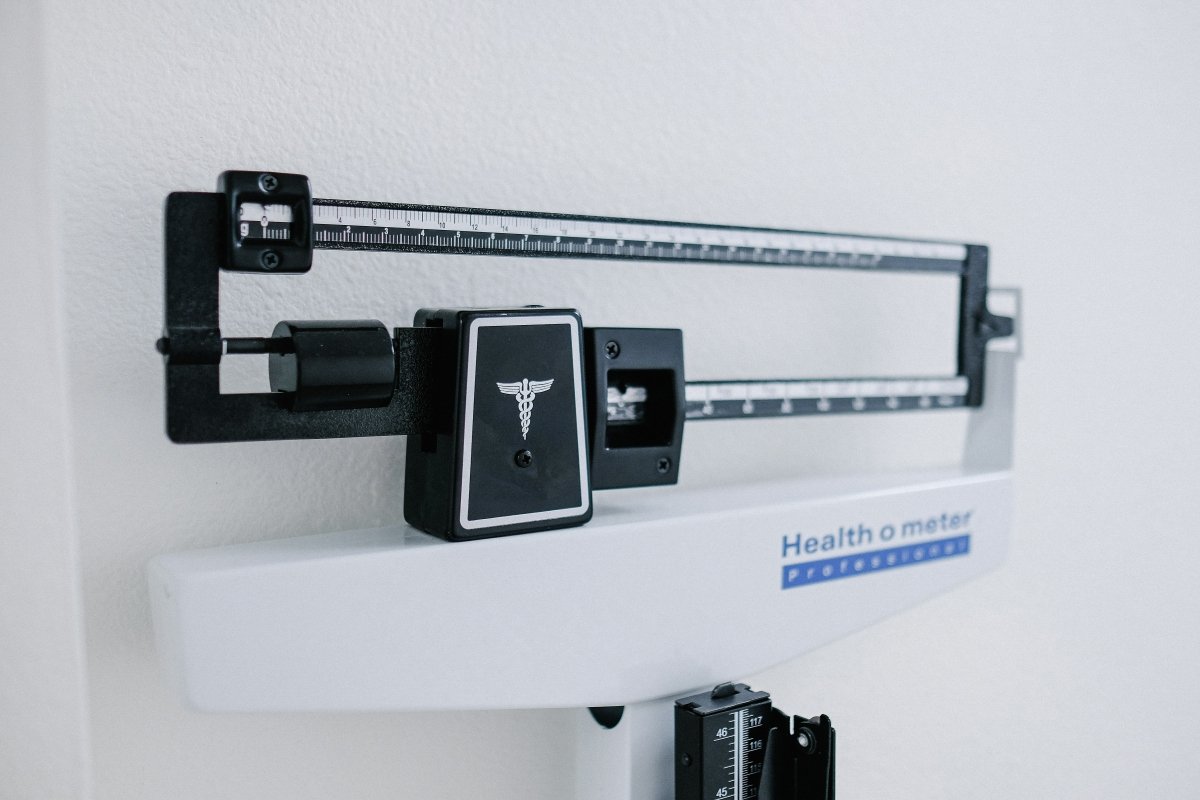Cardiovascular diseases (CVDs) are the number one cause of deaths worldwide, with an estimated 17.9 million deaths in 2019 alone (WHO). The buildup of fatty deposits within arteries walls over time causes these walls to become narrow, thus restricting blood flow, this is known as atherosclerosis. If these fatty deposits (atheroma) break off, a blood clot may form, cutting off the supply of oxygen-rich blood to vital organs and tissues, such as the heart. Ultimately, it is the buildup of fatty deposits that form the major link between all types of CVDs and their associated symptoms.
There is no exact cause of CVD, however, there are many risk factors that increase your likelihood of developing CVD. High blood pressure is a common and primary risk factor and is described as the increased force of blood flow making contact with the walls of your arteries. Regular high pressure can result in the hardening and narrowing of the arteries and can cause damage.
The harmful substances in tobacco can also damage your blood vessels, while build-up of fatty substances such as cholesterol and triglycerides can cause your vessels to narrow and increase the risk of developing a blood clot. Regular inactivity and a sedentary lifestyle are also linked to high blood pressure, increased risk of obesity and higher cholesterol levels, all of which are contributing risk factors for developing CVD. In addition to having a family history of CVDs, other risk factors include diabetes, age, gender and excessive alcohol consumption.
There are many ways to reduce the risk of developing CVD. Adopting a healthier, balanced diet is a positive start which should include a variety of fruits and vegetables to achieve your 5 a-day. Cutting down on saturated fats, reducing salt intake, reducing sugar intake, giving up smoking and reducing alcohol intake are all positive steps towards reducing cardiovascular risk. Moreover, it is equally important to exercise regularly to maintain a healthy weight and reduce the chances of becoming obese and developing CVD. Regular exercise, preferably aerobic exercise, promotes efficient blood flow which, in turn, helps maintain normal levels of cholesterol and normal blood pressure. Some individuals may require medication to reduce their risk of developing CVD, such medications may include warfarin to reduce blood clot formation and statins to lower blood cholesterol levels.
According to the British Heart Foundation (August, 2019), 7.4 million people in the UK are living with a CVD and over 620,000 people are carrying a faulty gene that puts them at risk of developing CVD. Understanding these genes and the DNA sequence responsible for inheriting such conditions has become an increasingly important field in medicine and personalised healthcare. Determining the genetic profile of individuals through DNA testing can be used to determine susceptibility to CVD conditions and can make way for the introduction of appropriate and early interventions that would decrease the risk of CVD and optimise treatment regimen for patients with existing cardiac conditions. Now that you have a background of CVD, in the upcoming weeks, we will explore the main types of CVDs in more detail and uncover the science behind how such diseases develop, the mechanism of action for their prognosis and the metabolic pathway of certain heart medications. Stay tuned!





Share:
Heart Medications: One Size Does Not Fit All
Blood Pressure and Lifestyle.